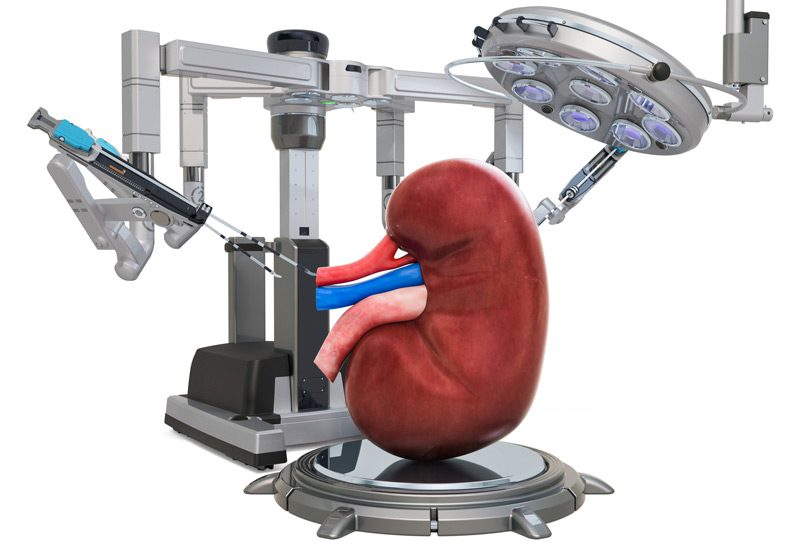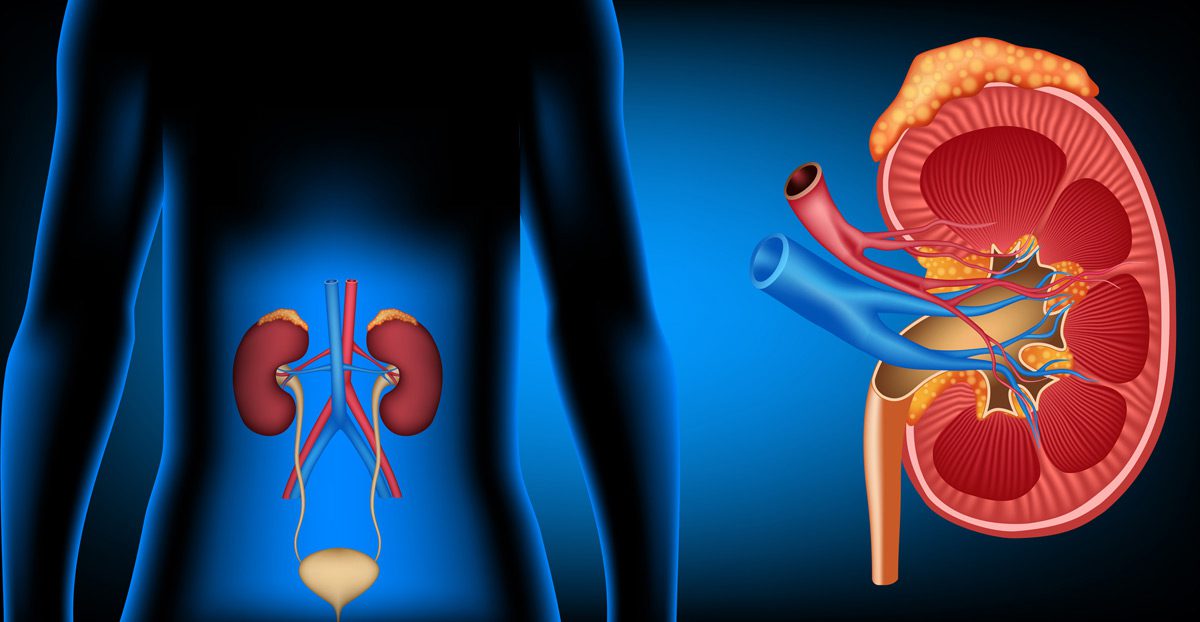

Retroperitoneal robotic surgery is a minimally invasive surgical technique that provides direct access to the organs located in the retroperitoneal space, such as the kidneys, adrenal glands, ureters, and portions of the aorta and lymph nodes. Unlike traditional approaches that pass through the abdominal cavity, retroperitoneal access targets these structures from behind the peritoneum, minimizing disruption to the intestines and other intra-abdominal organs.
Conditions Treated with Retroperitoneal Robotic Surgery
This technique is especially beneficial for patients undergoing surgery for:
- Kidney Cancer or Tumors: Including robotic partial or radical nephrectomy for renal masses
- Adrenal Tumors: Such as those producing excess hormones or suspected to be malignant
- Ureteropelvic Junction (UPJ) Obstruction: Where precise correction of urinary drainage is required
- Retroperitoneal Lymph Node Dissection (RPLND): In select cases of testicular cancer or other malignancies
- Complex Stone Disease: When posterior access offers a better surgical route to kidney stones
The retroperitoneal route offers excellent exposure of these organs without manipulating the bowel, leading to faster recovery and fewer abdominal complications.

Advantages of the Retroperitoneal Approach
When combined with robotic assistance, the retroperitoneal approach provides the following benefits:
- Avoidance of the Peritoneal Cavity: Reduces the risk of bowel injury, adhesions, and postoperative ileus
- Faster Recovery: Less postoperative pain and shorter hospital stays compared to open or transperitoneal approaches
- Ideal for Reoperations: Avoids scar tissue and altered anatomy from previous abdominal surgeries
- Precise Dissection: Robotic instrumentation enhances visualization and dexterity, especially in tight retroperitoneal spaces
- Direct Access to Posterior Structures: Facilitates quicker access to kidneys or adrenal glands, particularly in posteriorly located tumors
This technique is especially well-suited for patients who have had multiple prior abdominal surgeries or those with comorbidities that increase the risks of intra-abdominal complications.
Next Steps
Patients undergoing retroperitoneal robotic surgery typically recover quickly, with most discharged within 24–48 hours. Postoperative restrictions are minimal, and patients often resume normal activities within one to two weeks. Your urologist will discuss whether this approach is appropriate based on your diagnosis, prior surgical history, and imaging findings. If retroperitoneal access offers a clear advantage in your case, it can lead to safer, more efficient treatment with excellent outcomes.
